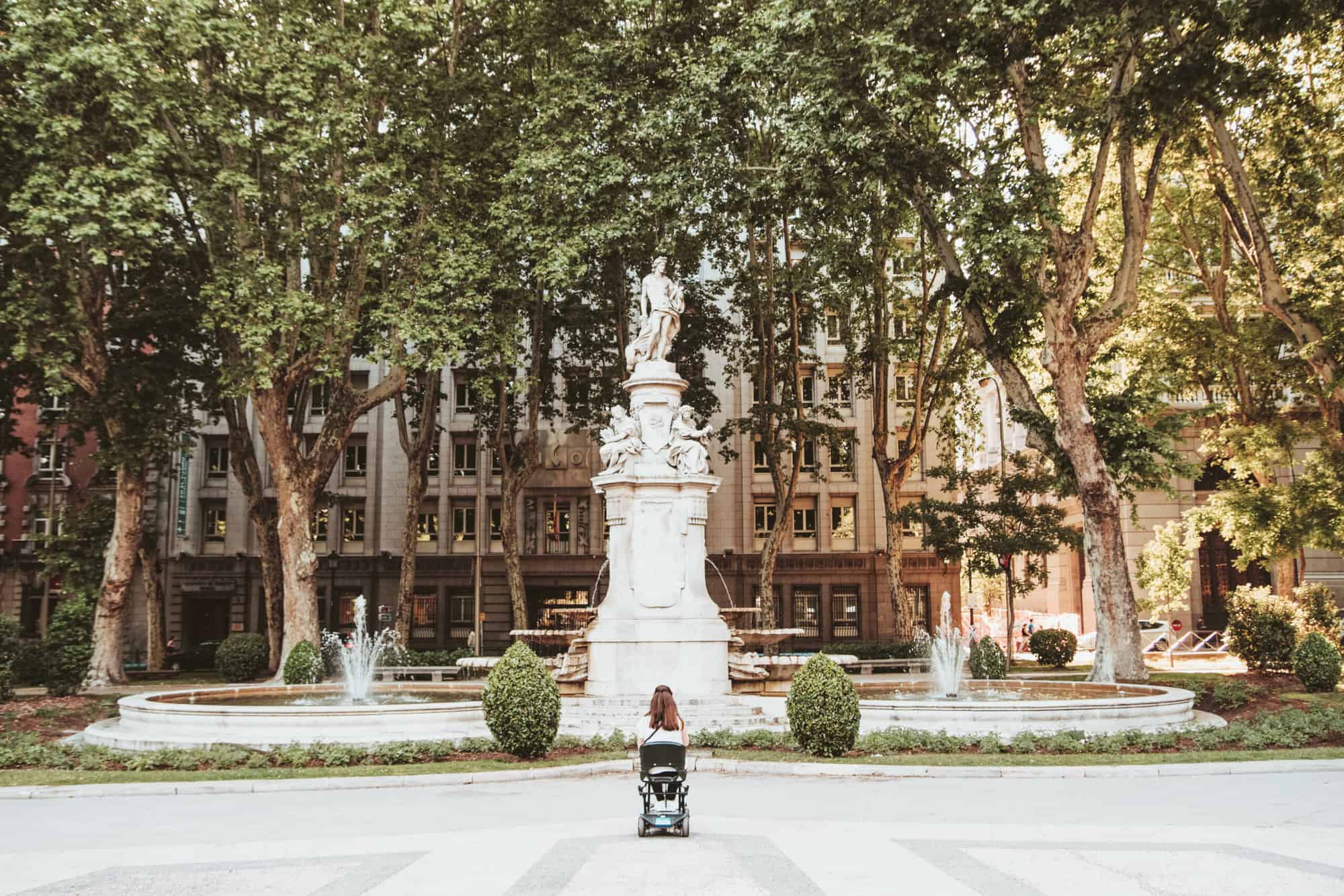Traveling is something we’ve all taken for granted. Being able to get on a train, bus or flight at a moment’s notice wasn’t something we even worried about before 2020. But since COVID ravaged the world, we’ve taken things into perspective. We are grateful for the trips in the past and are hopeful about travel in the future. But for many of us, travel has long posed a challenge, pandemic or not.
Travelers with disabilities were often overlooked when it came to comfort, service, amenities and choices. In recent years, things have drastically improved as laws have been put into place around the world. Still, whether it’s due to a physical or mental disability, these travelers need services to help them enjoy the pastime as much as the rest of us.
We’ve prepared a comprehensive guide for your next journey and some inspiration for your next adventure!
Here is a quick (non-exhaustive) checklist of the basics to tick off when planning your next trip:
Finding the most accessible destination
All your choices should be synonymous with worthiness! So don’t forget to check:
- General accessibility of the city: the topography of your destination can give useful hints: hilltop cities or villages will have more slopes where stairs might be the only way to get from one spot to another.
- Public transportation: If you plan on using public transportation to get around, check the distances you will have to travel. Depending on the time planned for your visit, the number of connections might become an important challenge, especially in bigger cities.
- Fares and services: Anywhere you go, ask if a reduced fare or special access exists for people with disabilities. Most tourist sights, historic monuments, galleries and museums in Europe offer discounted tickets or expedited entry without waiting in line.
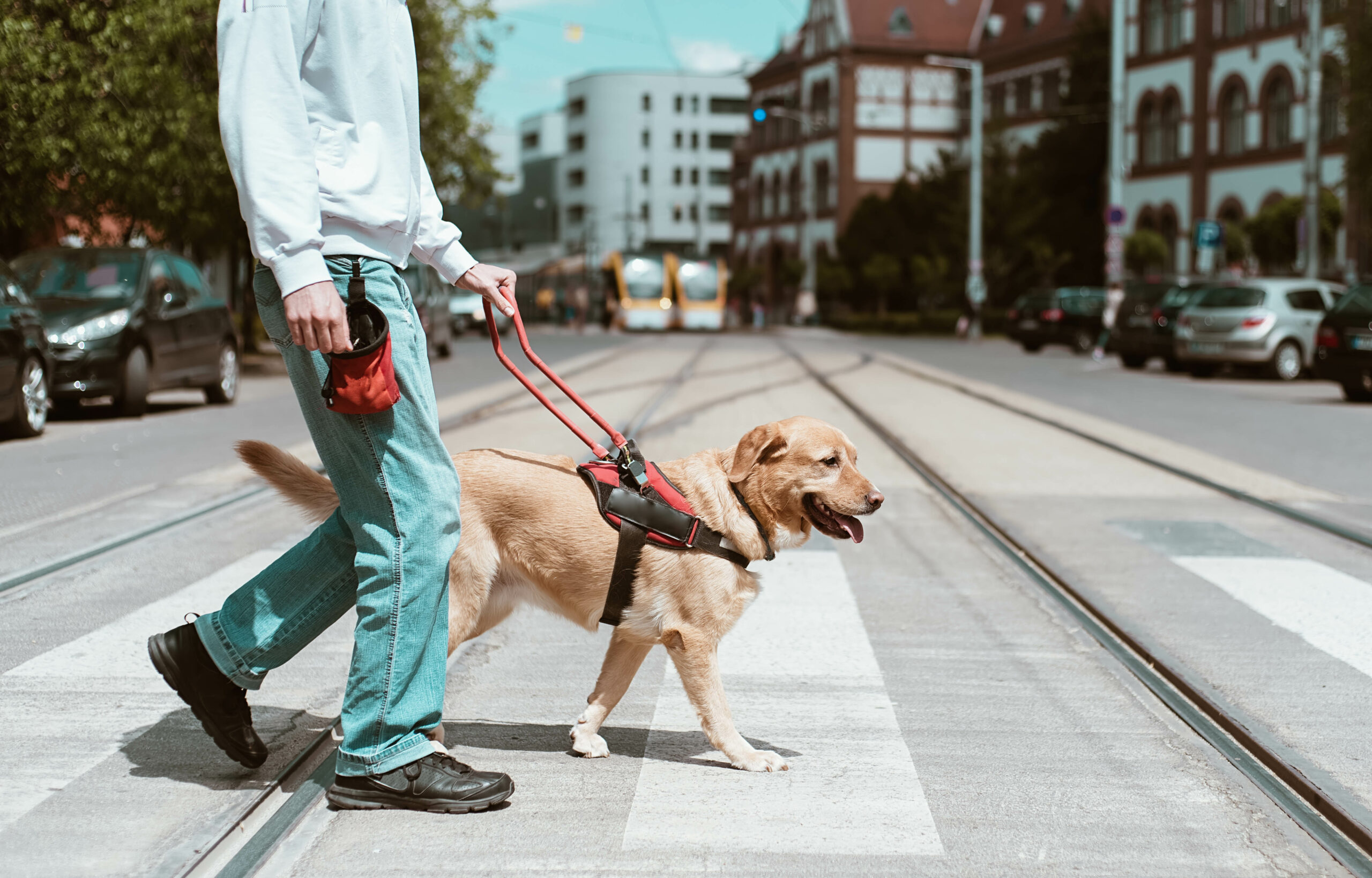
Tip: A city’s architectural style should give you clues on its accessibility! For example, cobblestones are very common in medieval towns and villages, while industrial cities will have much flatter streets.
Finding the most accessible hotel
Apart from the basics of looking for a hotel that offers rooms for people with reduced mobility, don’t forget to check its proximity to the airport or train station, but also to the places you plan to visit.
Also remember to ask for the height of the beds, a simple detail that is often omitted in luxury hotels.
Tip: Always flag and confirm your reservation with a quick call. According to many testimonials, confusion often arises if this isn’t observed!


Finding the most accessible travel mode
In Europe, airlines and rail companies offer the most complete service for travelers with disabilities. While the assistance is a little more advanced on flights, traveling by train means paying less, especially in France and Italy. Bus and ferry companies also offer assistance for easier boarding, but the availability depends on the company. Here are the main advantages of flights and trains.
Flight advantages:
- Assistance at check-in and boarding. Most airlines offer expedited access as well as baggage and mobility equipment storage. Arrangements should be made at least 48 hours before departure to guarantee a special seat on board.
- Wheelchair-accessible toilets on board
- Guide dogs are allowed on most aircraft free of charge
Train advantages:
- Assistance at the station for baggage and boarding and assistance when reserving a special seat. The request should be made at least 48 hours before departure.
- Special fares for travelers with reduced mobility and their companions: discounts on your tickets (up to 70 percent off with SNCF and up to 50 off with ÖBB, for example) or a special discount card (Carta blu for Trenitalia or Railcard for National Rail, for example). Please check with the train provider.
- Guide dogs travel for free on all trains in Europe
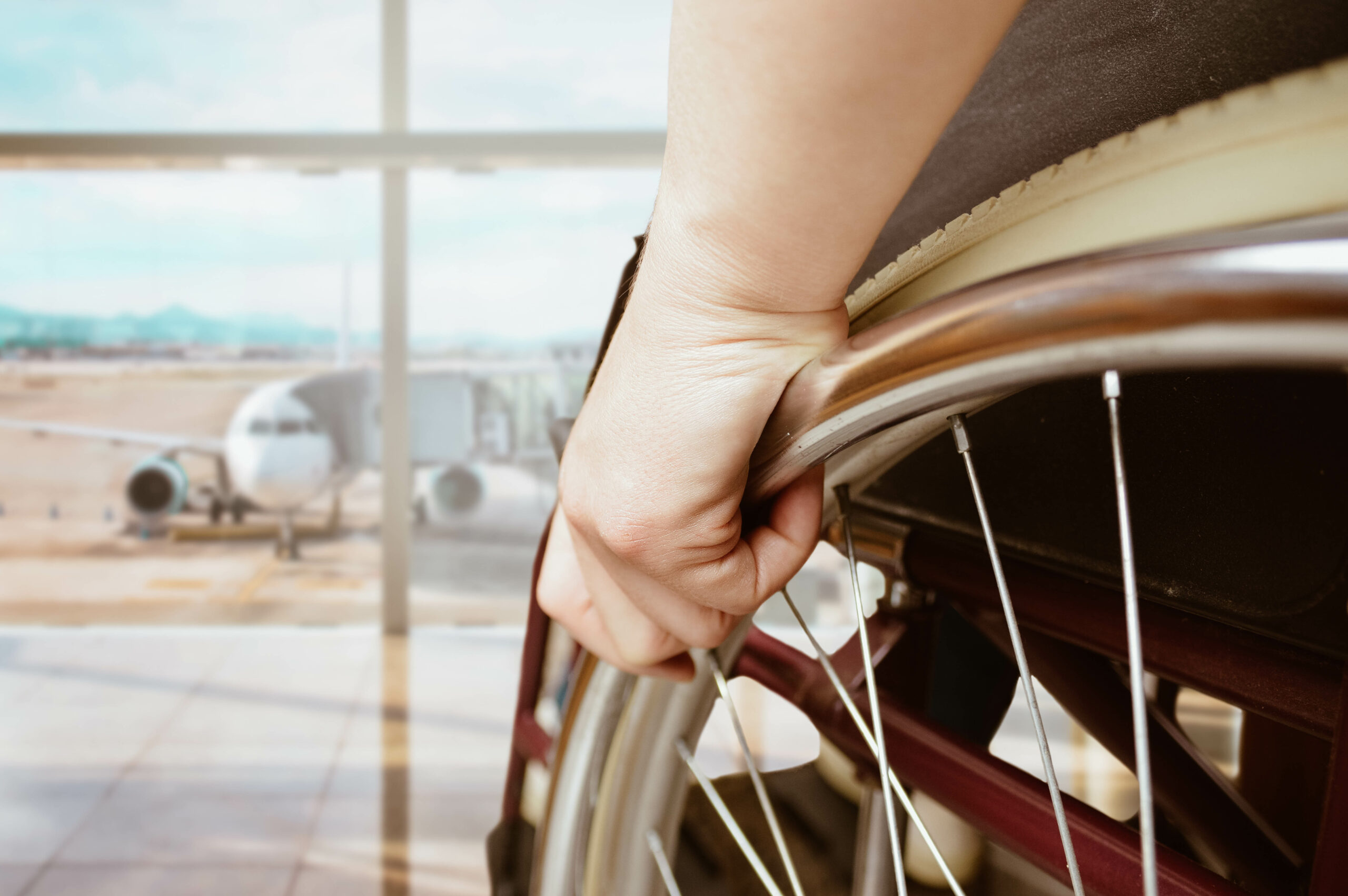

Miscellaneous tips for the visually and hearing impaired
- Download apps such as Be My Eyes, which connects sighted volunteers to travelers to help them navigate airports and train stations
- Notifying the train conductor or attendant that you are hearing impaired so you don’t miss important announcements
- Notify hotel managers ahead of time if you are visually or hearing impaired in case of fire, evacuation or natural disasters
- Pack extra batteries for hearing aids and the like
- Ask for directions in writing whenever possible
- Keep all important documents including hearing aids, batteries, etc. on you at all times
Where to next?
Now it’s time to get inspired and dream about your next adventure! As previously mentioned, accessibility and the ease of travel are key. Here is our selection of 100 percent accessible destinations and activities!
A relaxing holiday: Nantes, France
Nantes has been ranked the third most accessible French city in 2020. With important breakthroughs such as trails for visitors with disabilities, a serene escape awaits on the Atlantic Coast.
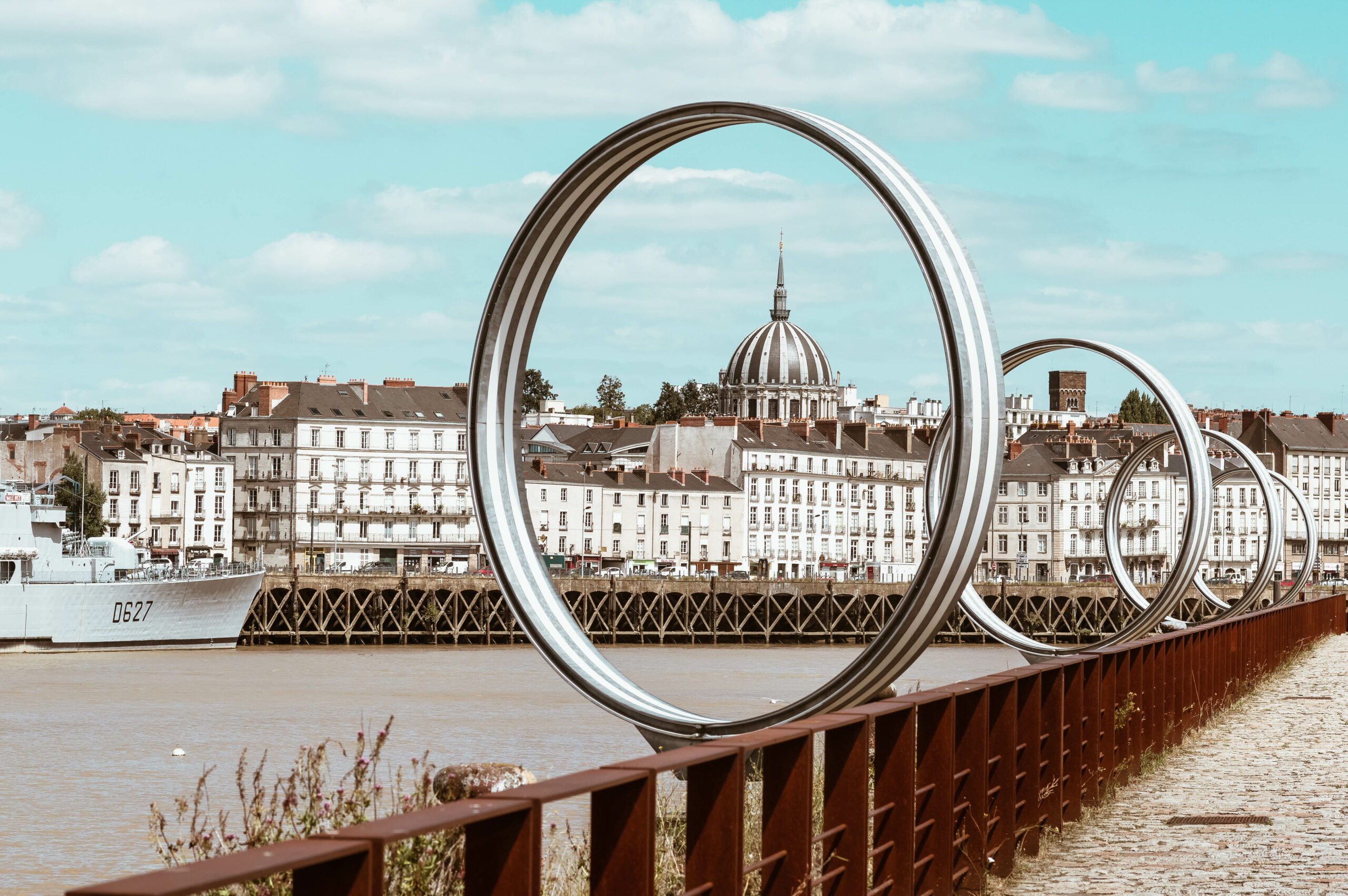

Start with the Parc des Chantiers, a pedestrian area boasting the famous Machines de l’île, impressive fantasy prototypes animated by machinists. The gallery is also accessible for visually impaired visitors. Continue your journey at Le Jardin Extraordinaire, a magical green space filled with exotic plants and a waterfall, inspired by the “Extraordinary Voyages” of Jules Verne, whose childhood home is located nearby.
End your French adventure in La Plage des Libraires at Pornichet, only 50 minutes by train from Nantes. Feel the breeze on your face at this fully accessible beach.
Local tip: Watch out for the green line trail, which is embedded in the ground all over Nantes. It will take you from one accessible sight to another!
A vibrant journey: Innsbruck, Austria
Smack dab in the middle of the Tyrolean mountains lies Innsbruck, Austria, a surprisingly accessible city with a public transportation network ideal for the mobility impaired: all trams and buses are equipped with ramps, special seating and offer reduced fares.
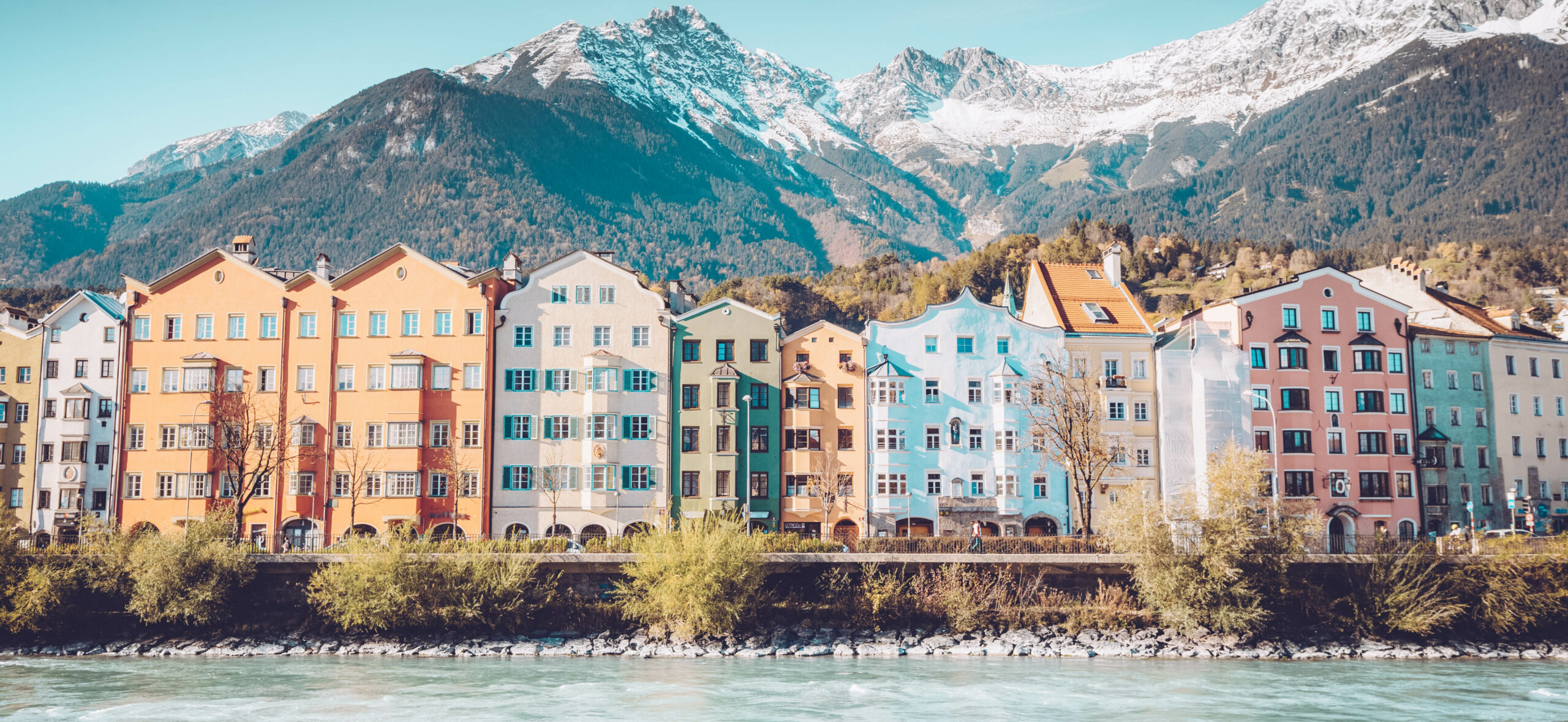
Your journey begins in the Altstadt where you can contemplate historical sights such as The Helbling House, The Golden Roof or The Imperial Palace, which is wheelchair accessible. Then it’s time to get ready for a vibrant experience just outside the city: handcycling (bicycles operated by hands rather than feet)! We recommend the flat and easy-to-cycle Innsbruck-Stams trail that will take you from the city to the charming village of Stams, in the Inntal Valley. What about ending your adventure at the top of the mountains? Head to the Nordkette with fully accessible lifts and cable cars, only eight minutes by funicular from the city center. Get ready for an impressive panorama of The Alps!


